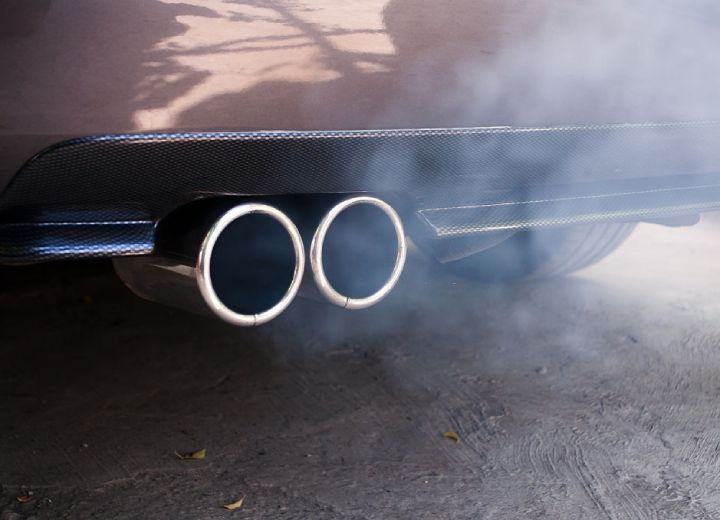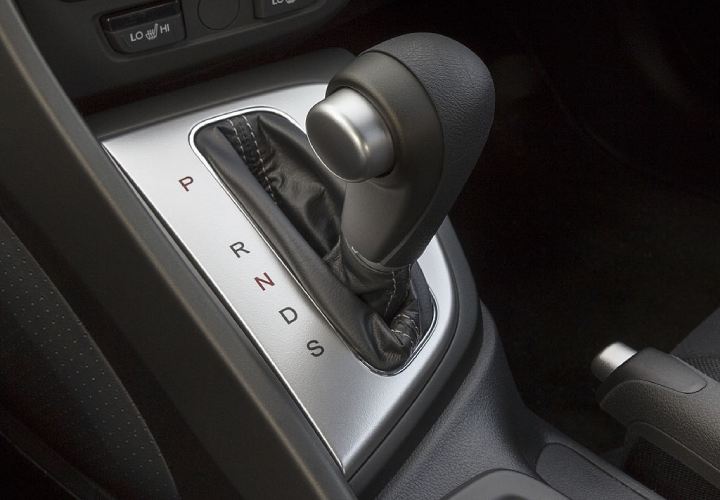Engine oil is a vital component of an internal combustion engine. It keeps the components inside lubricated by reducing friction, therefore, regulating the optimal operating temperature.
A sudden drop in oil pressure while driving your car can be caused by a low oil level, a failing oil pump, incorrect oil viscosity, or damaged oil pressure sending unit. Engine wear or a faulty oil pressure gauge can also cause your oil pressure to drop to 0.
Oil pressure and oil level go hand in hand, and if they fail to do their job, the amount of repair cost, detrimental effects, and inconvenience will wear you out.

If your oil pressure goes up and down while driving, it can indicate something wrong with your car. That is why it is best to know the various reasons, fixes, and eventually, reduce the risk of driving your car with oil pressure drops.
Here is why your oil pressure drops while driving and how to fix it
1. Insufficient Oil in the Engine
One of the primary reasons your oil pressure drops to zero is that the engine is low on oil; this has to be the most obvious reason.
If the motor is low on oil, you can notice that the temperature gauge reading is above average temperatures.
That happens due to the lack of oil lubrication inside the engine. Hence the rising temperatures.
So, I suggest that it would be best for you to check the actual oil level in the engine by using a dipstick in contrast to what you see on the screen.
Make sure that the oil level is at the full mark. If it is at the full mark, then you have a faulty oil pressure sending unit.
How to fix it?
If you have insufficient oil in the engine, the solution is to fill it up until it reaches the full mark. However, if the dipstick shows that the engine oil is full, you must replace your oil pressure sending unit.
2. Incorrect Oil Viscosity
If your oil is sufficient, but still, the oil pressure drops, the reason might be the type of engine oil used. If the oil you are using is either too high or too low in viscosity, it can be detected as a loss of pressure in the engine oil supply.
In addition to that, the behavior of oil changes when exposed to different temperatures.
Low viscosity tends to have lesser resistance to flow through the system. However, high viscosity produces greater resistance from the oil being circulated.
The lack of lubrication in the system and varying liquid behaviors jeopardize the maximum potential of the engine as well as the performance.
How to fix it?
Try to look at the latest engine oil that you used in your car. Then grab your vehicle manual if it fits the criteria of the needed oil. If not, then you have to change it.
There are different viscosities recommended for each engine, and you can see it – 5W-30, 10W-30, etc.
3. Damaged Oil Pump and Oil Pressure Gauge
All things are set. You checked the oil level, then the recommended engine oil to use; all of those checks out.
But, the oil pressure still dips to the floor. Well, you might overlook the oil pump and the oil pressure gauge.
The oil pump’s role is to circulate the engine oil to lubricate the bearings, pistons, and camshaft under particular pressure.
If the oil pump is damaged, the circulation of the oil is not efficient, affecting other peripheral components.
It would also cause more damage if not fixed immediately. Another thing that causes oil pressure drops beside the oil pump is the oil pressure gauge.
Oil pressure gauge plays a vital role in indicating the engine’s overall being. It is a watchdog, an early-warning system that tells if the engine oil pressure is more than optimum.
Having a faulty oil pressure gauge or a damaged one will not help you with your problem because it will show the same results due to the issue.
How to fix it?
There’s no other way to do it but to replace the damaged oil pump and oil pressure gauge. These parts are easy to find; every shop has them. You can opt to buy a used or a brand new one; it depends on you.
4. Engine Wear
Sometimes your engine is already old, and father time is catching up, as we call it. The internal components, such as bearings, bolts, etc., are not as tight and sturdy as before due to the mileage accumulated throughout the years.
The excessive wear caused by continuous thermal stress reduces the original flow restriction, subsequently dropping the pressure.
How to fix it?
The common practice when you have engine wear is to either rebuild or replace it. This is unavoidable because, one way or another, the engine will eventually reach its ending point if not properly maintained and cared for.
You can rebuild it also by purchasing the needed components to restore the machine to its old glory.
Early Signs of Oil Pressure Drops
Poor Engine Performance
When the engine oil pressure starts to drop, the amount of oil circulating going to the components is exponentially decreasing.
In addition, the lubrication on these components weakens, increasing the friction between them.
This causes the engine to perform poorly, such as fuel economy decline, engine stalling, and power loss.
The warning light on the instrument panel comes on.
In the dashboard, if you saw the low oil pressure light comes on, that is already a warning that there’s not enough pressure or the oil level is too low.
The low oil pressure light in the instrument panel looks like a lamp with a dropping liquid on its end.
Is it wrong to drive the car with an oil pressure drop?
Yes, driving a car with either low oil pressure or experiencing oil pressure drops is not recommended.
The reason is that it entirely breaks the engine. So, if you have experienced an oil pressure drop while driving, stop driving, call for assistance, and address this issue as soon as possible.
How much does it cost to fix oil pressure drops?
The repair cost depends on the mechanic as well as your current state. But, the average cost of fixing this issue ranges between $130 and $200.
That is for oil pressure sensor replacement. Other charges may add up, like taxes and fees.
How about an incorrect oil filter?
An oil filter that is not working correctly, clogged, or incorrect can also cause oil pressure drops problems. If you used the wrong filter, the oil passing might be too much or too little into the engine. Also, a proper oil filter will help regulate oil pressure.
Final Takeaways
Having efficient oil circulation helps your engine to run efficiently. It also adds a factor to the longevity and overall performance of the machine. So, if you have ever experienced any oil pressure drops, it is important to have your car investigated as soon as possible.
If you enjoyed reading this article, you might also like:
Oil Light Comes On When The Car Is Moving – Here’s why!
Oil Light Comes On When Idling? Find Out Why!
My name is Jeffrey Williams and I have been a car mechanic for over 35 years. I am currently working NYC Auto Repair Shop, in New York City and recently developed a strong passion about blogging. I decided to put together this blog where I will try and answer the most commonly asked questions I get on a daily basis from my customers.








